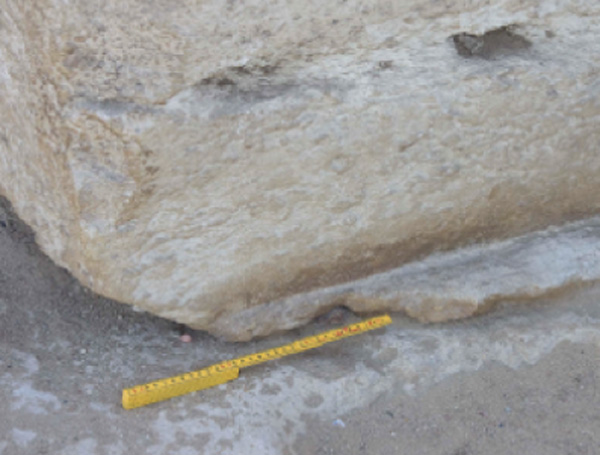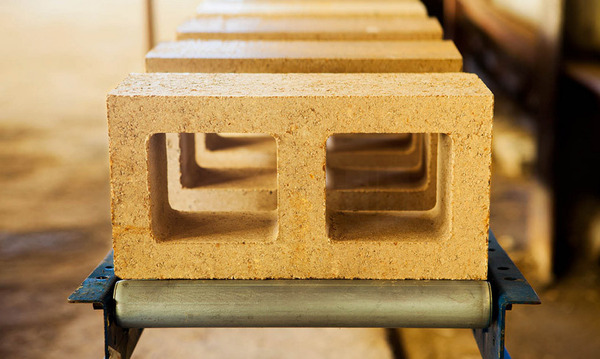
This is the evidence I’ve been waiting. For several years now I’ve been hoping to find close-up detailed photographic evidence of Michel Barsoum’s and Joseph Davidovits’s theory that at least part of the Giza pyramids were cast in place using an ancient type of geopolymer. Well, here it is.
geopolymer cement
Watershed Materials Develops Clay Masonry Twice as Strong as Concrete

California-based startup Watershed Materials, with support from the National Science Foundation, has spent the last four years researching and developing a concrete alternative. Currently, their studies have produced a masonry created with natural, mineral based geopolymers, that has incredible strength and very low-carbon footprint.
What are Geopolymers Made of?
This blog post is highly relevant for those living in Canada and Alaska who are looking for a low cost replacement for Portland cement. Alaska buys most of their cement from Korea. This video shows how to make geopolymer using dirt cheap local materials, many of which are from industrial waste streams.
Boulder Houses
The lightweight geopolymer earthbag method I described yesterday opens the door to building boulder houses that could last hundreds or even thousands of years. All sorts of other styles could also be built, but for some reason (maybe because rocks last almost forever) these boulder houses really capture my imagination. Worst case scenario is you … Read more
Lightweight, Insulating Geopolymer Earthbags Part 3
I’m proposing using a combination of ferrocement, earthbags and porous geopolymer to build durable, affordable housing. In a nutshell, earthbags filled with lightweight geopolymer cement are fastened to a rebar or bamboo frame and then plastered with geopolymer cement. This is distinctly different from heavy earthbag walls, and much different than regular thin shell ferrocement … Read more
